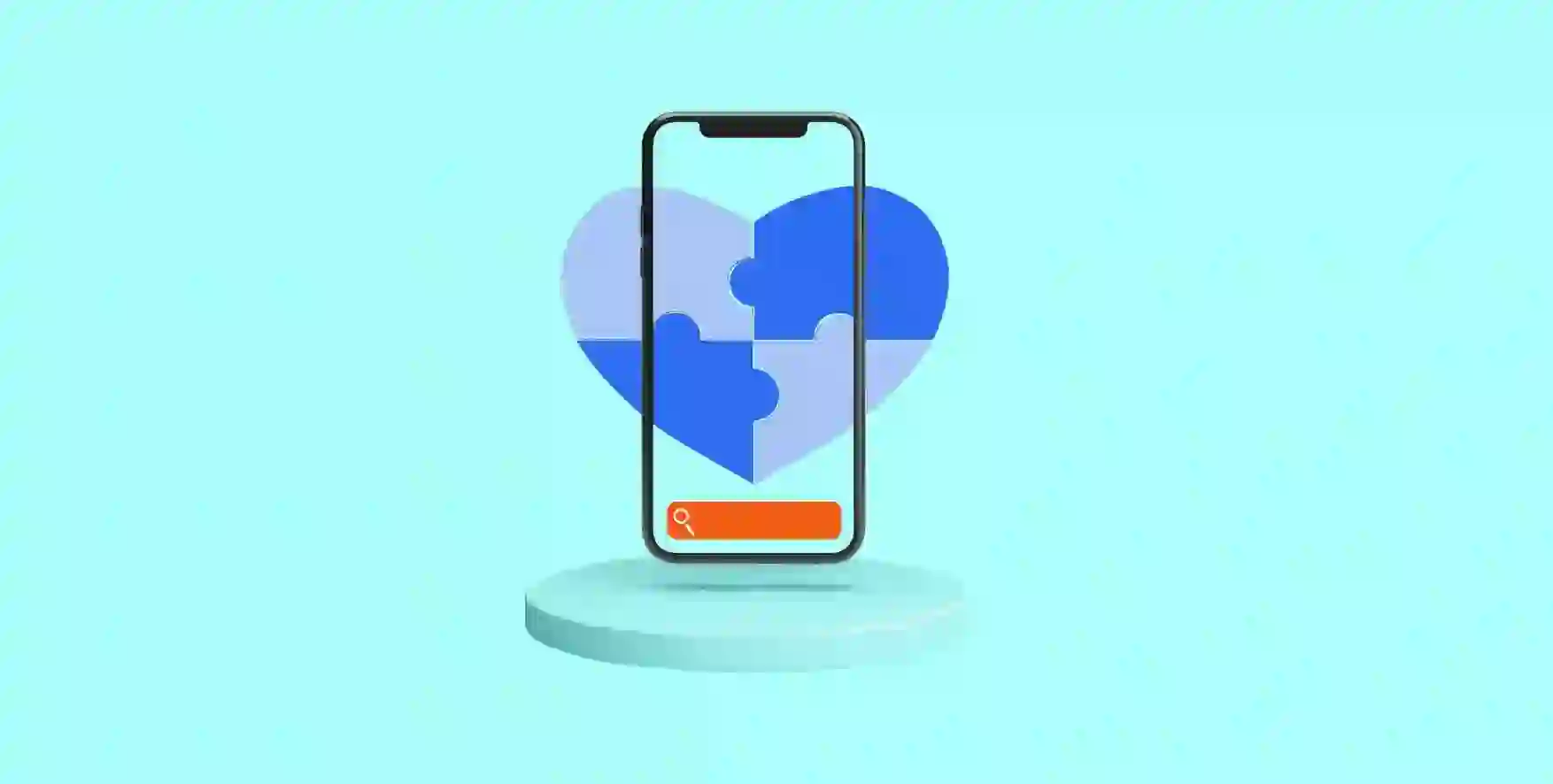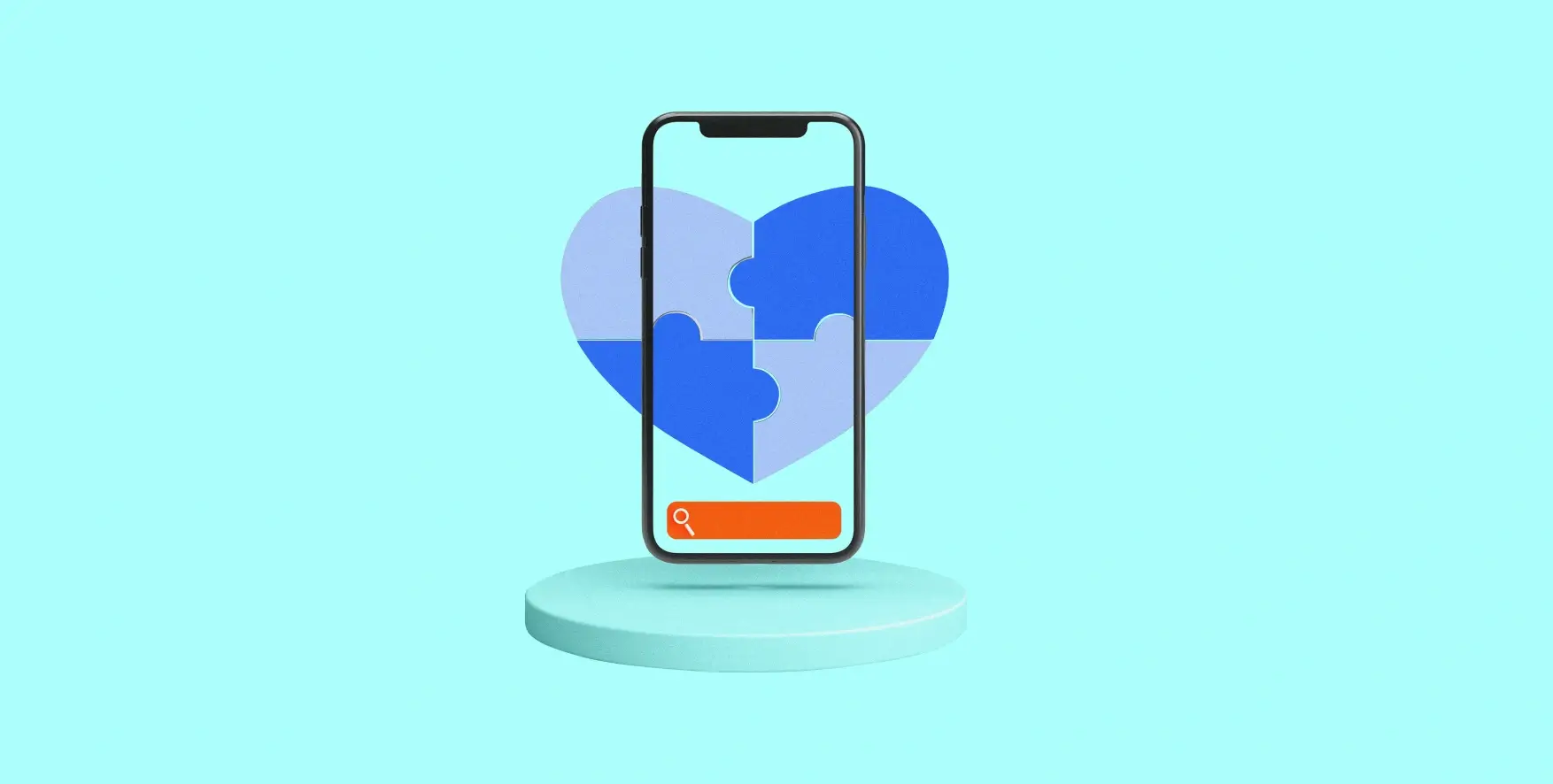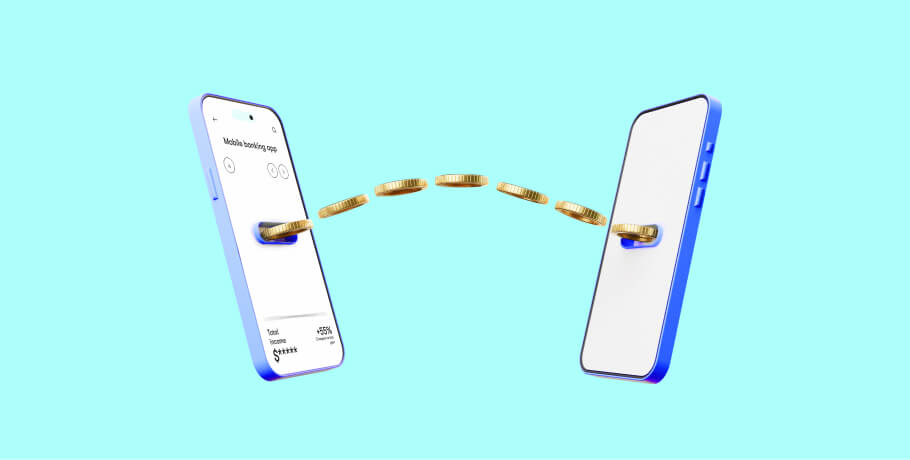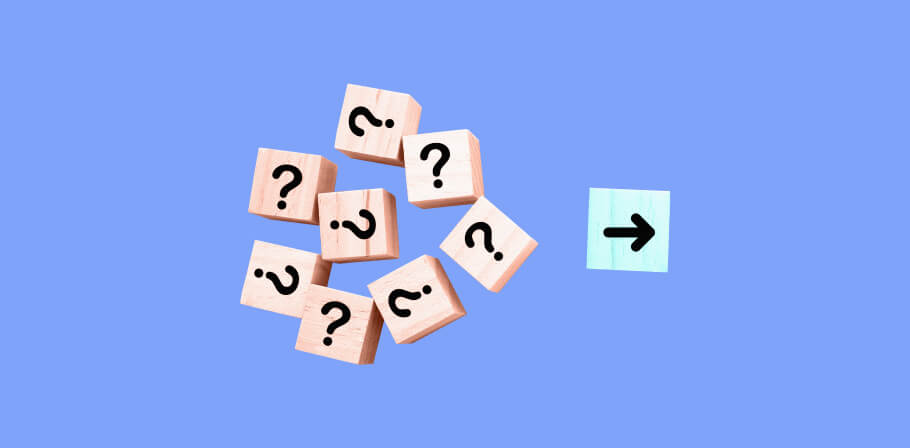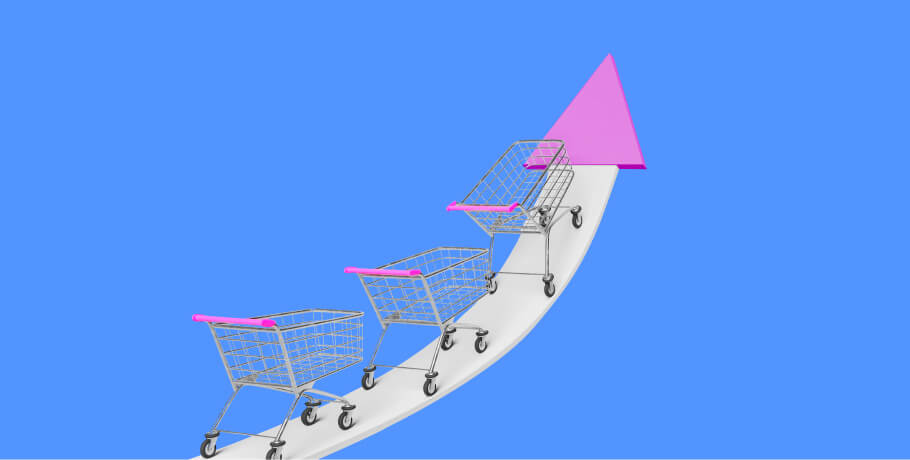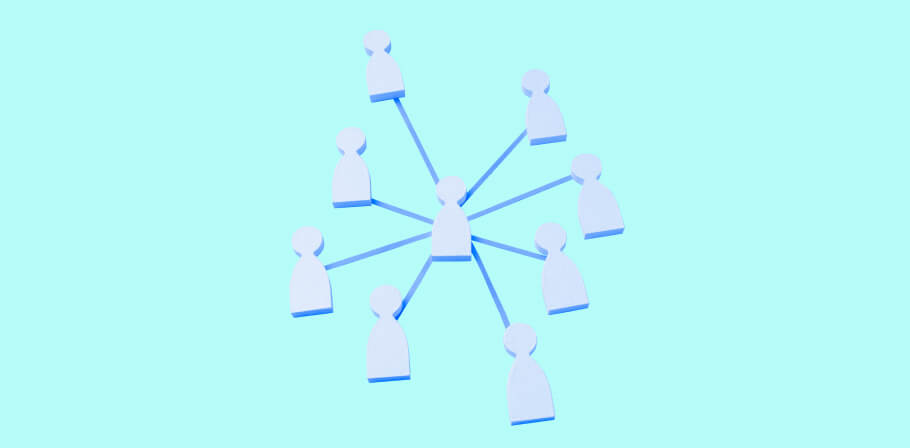This step-by-step guide is your handbook on how to make a dating app from scratch. Whether you're a seasoned entrepreneur or an up-and-coming startup, we blend our years of industry experience and essential knowledge in mobile app development to guide you through this journey.
Let’s start with the online dating industry overview and then move on to the step-by-step dating app development guide.
The dating apps industry overview
According to Statista, revenue in the online dating market is projected to hit US$3.12bn in 2024. It is expected to show an annual growth rate of 3.28%, taking the overall market value to $3.39 billion by 2027.
As it stands, investors are still willing to fund an online dating app. Getting it to a place where it can compete is a different story that starts with knowing how to create a dating app. It is not just a technical process but also one that requires context from looking at the broader market.
Key features of a dating app
To be functional and competitive, most dating apps need to have or will often have the following features incorporated:
Sign-in
Sign-in is the feature that allows users to create an account and access the dating app. Sign-in can be done via a variety of methods, including via:
- Social media platforms
- Phone number
- Third-party services
Sign-in is an important part of verifying users to prevent spam or fraud and to aid in personalizing user experiences. Some dating apps may require users to provide more information or go through verification steps during sign-in, including uploading a photo, answering a questionnaire, or verifying their phone number or email.
Geolocation
A key component of contemporary dating apps is geolocation, which uses GPS technology to assist users in finding possible matches nearby. It must be included when building a dating app.
This feature makes it simpler for users to make in-person connections by enabling them to locate people who live nearby.
To improve the recommendations and locate people who are in a comfortable distance, users can designate their preferred search radius, indicating the maximum distance they are willing to search for matches.
Other location-based activities, like finding nearby users for impromptu meetups or events, are made possible by the geolocation feature.
User profile
User profiles serve as the digital representation of individuals on the dating app. These profiles are essential for users to present themselves and make a good first impression. A typical user profile includes various elements, such as:
- Name: The user's name, usually the first name or a chosen username for anonymity.
- Age: Displaying age helps in providing basic information about the user.
- Gender and sexual orientation: Users can specify their gender and sexual orientation, allowing the app to offer more relevant match suggestions.
- Hobbies and interests: Users can list their hobbies and interests, providing potential conversation starters and points of connection with others.
- Photos: Users can upload photos to showcase their appearance and personality. The quality and variety of photos can significantly impact a user's attractiveness.
- Bio: A short description or bio section allows users to share more about themselves, their goals, and what they seek in a match.
Matching algorithm
The heart of a dating app's functionality lies in its matching algorithm. This intelligent system takes the information in user profiles and utilizes a range of criteria to suggest potential matches.
The algorithm may consider age, location, interests, and user preferences to offer recommendations. It learns from user interactions and feedback, continually evolving and improving its suggestions.
The more users engage with the app, the more accurate and personalized their match recommendations become. Dating app development focuses on creating a reliable and fine-tuned matching algorithm to align with the platform's intentions and who it caters to.
Swiping
Swiping is an interactive and engaging feature that has become synonymous with dating apps. Users are presented with profiles one at a time and can swipe right if they are interested or left if they are not.
This simple, intuitive gesture-based interaction streamlines the matching process. When both users swipe right on each other's profiles, it's considered a match, opening the door for them to start a conversation.
Swiping is a fun and addictive aspect of dating apps, offering a gamified experience that keeps users returning to the app.
Messaging
Messaging is the bridge that allows matched users to communicate and get to know each other better.
Once a mutual interest is established through swiping or matching in another way, the messaging feature allows users to send text messages, photos, and sometimes even voice or video messages.
It's essential for establishing connections and moving from initial interest to deeper conversations. Efficient messaging features can include options to easily attach media, read receipts, and typing indicators, ensuring smooth and engaging communication.
Notifications
Users can stay informed about their activities on the dating app and remain engaged with notifications. Notifications about matches, likes, views, and new messages are among the events that users receive notifications about.
Depending on the user's preferences, these alerts may be sent via email, push notification, or in-app notification. They are designed to gently remind users to use the app and keep track of forthcoming dates.
Settings
Settings give users the ability to personalize their experience in the dating app. In this section, users can configure options such as:
- Discovery options: These settings allow users to set criteria for potential matches, including age, distance, and gender options.
- Notification preferences: Users can customize the type of notifications they want to receive and their delivery method.
- Privacy settings: Users can control who can see their profile, whether they appear in search results, and how their data is shared.
- Account management: In this section, users can modify their passwords, change their account settings, and update their profile information. If needed, they can also delete or deactivate their account here.
Admin panel
Behind the scenes, the admin panel is essential for managing a dating app effectively and responsibly. The admin panel provides tools and features that allow administrators to:
- Manage users: Admins can monitor user accounts, manage reports of inappropriate behavior, and take action against users who violate community guidelines.
- Content moderation: The admin panel allows content moderation, which is essential to ensure that profiles and posts comply with the application's policies. This helps maintain a safe and respectful environment for users.
- Analytics and insights: To gain a deeper understanding of user behavior, app usage, and trends, administrators can access data and analytics. Making decisions and improvements with this information is helpful.
- Security management: Administrators can monitor security features, such as data encryption, to protect user data and privacy. They also take steps to prevent fake profiles and spam.
Security
Ensuring user security and privacy is paramount for any dating app. Key security features include:
- Secure user authentication: Robust authentication techniques, like two-factor authentication, prevent unauthorized access to user accounts.
- Data encryption: Sensitive user data, such as messages and personal information, must be encrypted to protect it from possible breaches.
- Reporting and blocking mechanisms: Users must be able to report abusive or inappropriate behavior and block users to prevent further contact.
- Anti-fraud measures: Sustaining credibility and trust requires action against spam, false profiles, and other nefarious activity.
MAKE YOUR DATING APP IDEA A REALITY
We at EPAM Startups & SMBs provide end-to-end product development assistance to take your dating app to the market.
Dating app business model and monetization
Dating apps, like any other apps, are only sometimes free. They have to make money somehow. After the app is made, how does it make money? There are a few main strategies dating apps use. They include:
1. Freemium
The freemium model is the most popular strategy among dating apps. Users interested in what the app offers can download and use it for free. However, they can’t access some special features that expand the app’s utility further than the basic premise of its marketing.
To get access, users must pay through in-app purchases or premium subscriptions that could be tiered based on how many features they would like or, most commonly, the subscription length.
Good examples include Tinder, Bumble, Hinge, and Badoo, which offer more control, access to matches, and visibility with a subscription.
The strategy relies on converting large user bases into paying customers willing to spend money on an enhanced online dating experience.
2. Advertising
Advertising is a common strategy among dating apps that involves selling ad space to third-party brands and businesses who want to reach the app’s user base. Tinder, Badoo, and Plenty of Fish use the model to generate revenue from displaying ads to users on the unpaid version.
The strategy is also supported by attracting a large and engaged user base that can generate high impressions and clicks for advertisers.
3. Affiliate marketing
This is a less common but potentially lucrative monetization model that involves partnering with other businesses or platforms offering complementary products or services to the app’s user base.
An example is Tantan, the leading dating app in China, which uses the model to generate revenue from referring its users to ecommerce platforms. The strategy relies on creating value-added partnerships that benefit the app and its affiliates.
4. Niche marketing
Niche marketing is an emerging but promising strategy that targets a specific market segment with unique needs or preferences.
An example we’ve mentioned is Bumble, which is a feminist dating app that empowers women to make the first move. There’s also Kiddo, made for gamers, catering to an audience with a common lifestyle and passion. The strategy relies on creating a differentiated and loyal user base that views the app as ‘built for us.’
How much does it cost to develop a dating app?
The cost of developing a dating app can vary greatly based on several factors including complexity, features, platform (iOS, Android, or both), design, and custom software development rates.
However, according to market benchmarks, the cost can range from $25,000 to $50,000 for a basic app. For a more complex app with advanced features, the cost can easily go up to $100,000 or more. Please note that these are rough estimates and the actual cost is determined based on the specific requirements of the project.
The key cost factors include the following:
- Developer expenses: Developer expenses are hiring and paying the professionals who work on the app development process. That includes developers, project managers, designers, testers, and specialists. Developer expenses depend on the location, skill level, availability, and experience of the professionals, as well as the project's duration, complexity, and scope.
- Infrastructure expenses: Infrastructure costs come from using and maintaining tools and technologies required to run and support the app. That includes databases, hosting, servers, cloud services, APIs, security, and software and hardware. Infrastructure costs depend on the app's scale, performance, complexity, and the provider, plan, or service chosen.
CALCULATE DATING APP DEVELOPMENT COSTS EASILY
Drop us a line with your basic requirements and our team will get back to you with a free estimate.
Dating app development step-by-step
What are the steps developers must take when they make a dating app? From our experience working on various app development projects, the steps on how to build a dating app generally involve the following aspects.
Step 1: understand your target audience
When planning how to start a dating app, the first step is knowing your target audience (TA) as they dictate what the app will be. You need to understand them and what they are looking for.
As we have mentioned, finding your niche is important. Start with market research and user analysis to help find the potential demographic, their pain points, needs, preferences, and behaviors.
Consider your competition, what they are doing right, and any gaps you can fill with your idea. It will help your business have a unique value proposition and differentiate the dating app from others.
Step 2: prepare a business plan and monetization strategy
Your business plan and monetization strategy define your objectives, goals, milestones, revenue streams, and budget. This is also when you choose a suitable business model and pricing strategy for your dating app.
As you have seen from the options available and the business models and monetization strategies discussed, finding your niche allows you to offer pricing that is suited to them.
Step 3: choose a software development provider
Once you have a clear business plan and monetization strategy, you must choose a startup software development company to start building. Your goal is to enlist the help of a reliable and experienced software developer company that can deliver high-quality and cost-effective solutions for your dating app.
You must also communicate your requirements, expectations, and feedback effectively with the development team throughout the development process.
At EPAM Startups & SMBs, we will help you do everything, including choosing the best programming languages (for instance, by looking at the pros and cons of Java, Kotlin, C++, etc., for various stages of development), tools, and technologies to implement.
Step 4: quality assurance
Quality assurance is an essential step in developing a dating app. It should incorporate a variety of testing stages, including compatibility, performance, usability, security, and functional testing for a range of devices and operating systems.
This guarantees that the app operates at its best in various situations. The user experience should be the main focus of usability testing, which should also look at how user-friendly the app is and pinpoint any problems or potential areas for development.
Put security measures in place to safeguard user information. This protects against common vulnerabilities like SQL injection, cross-site scripting, encryption, and secure authentication.
Contact our team to hire QA testers for all your quality assurance needs.
Step 5: app launch
At the app launch stage, consider conducting a soft launch in a specific region or among a smaller group of users to identify and address any unexpected issues before a full-scale release.
Create a thorough marketing strategy that covers launch, post-launch, and pre-launch strategies. To get the most exposure, combine email marketing, influencer partnerships, social media, content marketing, and digital marketing.
To improve the new user experience, make the onboarding process easy for them by assisting them with creating and using their profiles.
To increase visibility and downloads, ensure your app store listings are optimized with pertinent keywords, eye-catching images, and captivating descriptions. Lastly, it would help if you used analytics tools to monitor app performance and user behavior. After launch, this data will be helpful for well-informed decisions and updates.
Step 6: post-launch maintenance
After launching the app, you must utilize in-app surveys, reviews, and support channels to continuously collect and evaluate user feedback. Make iterative changes to the app based on this feedback, fixing bugs, adding features, and enhancing the user experience in general.
Update your app regularly to add new features, enhance functionality, address bugs, and adjust to changes in the mobile market. Use social media, blogs, and forums to help your app's users feel more connected to one another. This can benefit user-generated content, brand loyalty, and user engagement.
You must promptly resolve user concerns and issues by providing attentive user support. Sustaining a positive user experience can benefit from having a committed support staff or chatbot.
Now you have all the steps on how to make a dating app. For assistance with any problem regarding post-launch maintenance, contact our team at EPAM Startups & SMBs.
Conclusion
In summary, the online dating market is profitable and still shows promising signs of growth. If you plan to dive into this lucrative market but don’t know how to create a dating app, this article is your ultimate guide.
Use it to understand the current competition in the market, the key features of a dating app, how to make money, and the appropriate business model, as well as the process of developing the app from scratch.
You can also get the necessary maintenance and leverage ways of measuring project success to continuously improve over time.
At EPAM Startups & SMBs, we offer a wide range of services to help you create a standout dating app. Contact us to create your own dating app today.

Expert digital communicator and editor providing insights and research-based guides for technology buyers globally.
Expert digital communicator and editor providing insights and research-based guides for technology buyers globally.
Explore our Editorial Policy to learn more about our standards for content creation.
read more